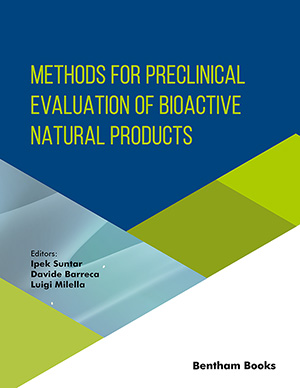Abstract
Background: Candida species are the most important fungal pathogens and are sometimes considered the fourth most common cause of infection in hospitals. Today, research needs to be conducted on the antifungal effect of silver nanoparticles (AgNPs) due to toxicity, side effects, and drug interactions of antifungal chemical drugs.
Objective: Therefore, this study was conducted to evaluate the antifungal activity of AgNPs on Candida albicans, Candida dubliniensis, and Candida guilliermondii.
Methodology: Antifungal activity of AgNPs on Candida albicans, Candida dubliniensis, and Candida guilliermondii was assessed by agar and macrodilution diffusion methods in an in-vitro investigation. Structural changes were investigated by scanning electron microscope (SEM). Then, the obtained data were evaluated by SPSS statistical software.
Results: Based on the results, the mean diameter of growth inhibition halos by AgNPs was equal to 20, 20.2, and 40.7mm for Candida albicans, Candida dubliniensis, and Candida guilliermondii, respectively. The minimum inhibitory concentrations (MIC) equal 62.50, 31.25, and 15.62 mg/ml for Candida albicans, Candida dubliniensis, and Candida guilliermondii, respectively. The minimum fungicidal concentrations (MFC) were equal to 125, 62.50, and 31.25 mg/ml for Candida albicans, Candida dubliniensis, and Candida guilliermondii, respectively.
Conclusion: Our results revealed that AgNPs inhibit the growth of Candida albicans, Candida dubliniensis, and Candida guilliermondii. SEM observations also showed that NPs disrupted cell membrane/wall. Changes in yeast levels from smooth to uneven were also observed.
Keywords: Silver nanoparticles (AgNPs), antifungal effect, Candida albicans, Candida dubliniensis, Candida guilliermondii, Scanning Electron Microscope (SEM).
[http://dx.doi.org/10.1016/j.ijid.2010.04.006] [PMID: 20797887]
[http://dx.doi.org/10.1111/myc.13054] [PMID: 31997414]
[http://dx.doi.org/10.1080/20002297.2017.1317579] [PMID: 28748027]
[http://dx.doi.org/10.2147/IDR.S118892] [PMID: 28814889]
[http://dx.doi.org/10.1097/QCO.0000000000000411] [PMID: 29095200]
[http://dx.doi.org/10.3390/antibiotics9050215] [PMID: 32354050]
[http://dx.doi.org/10.1016/j.addr.2017.09.015] [PMID: 28939377]
[http://dx.doi.org/10.1038/srep09578] [PMID: 25873247]
[http://dx.doi.org/10.1039/C8RA08982E]
[http://dx.doi.org/10.1016/j.bbrep.2018.11.007] [PMID: 30582010]
[http://dx.doi.org/10.3390/ijms20102468] [PMID: 31109079]
[http://dx.doi.org/10.1016/j.msec.2019.109809] [PMID: 31349497]
[http://dx.doi.org/10.1038/s41598-019-54025-0] [PMID: 31767932]
[http://dx.doi.org/10.1016/j.jphotobiol.2018.11.014] [PMID: 30504053]
[http://dx.doi.org/10.1016/j.bej.2018.10.009]
[http://dx.doi.org/10.1021/nn5042625] [PMID: 25232643]
[PMID: 22131833]
[http://dx.doi.org/10.1186/2228-5326-2-32]
[http://dx.doi.org/10.1002/9781119433316.ch8]
[http://dx.doi.org/10.1039/C8EN00429C]
[http://dx.doi.org/10.3390/nano10020376] [PMID: 32098083]
[http://dx.doi.org/10.1088/0957-4484/18/5/055605]
[http://dx.doi.org/10.1186/s40824-019-0173-y] [PMID: 31890269]
[http://dx.doi.org/10.1016/j.biomaterials.2009.07.065] [PMID: 19698988]
[http://dx.doi.org/10.2147/IJN.S210449] [PMID: 31308652]
[http://dx.doi.org/10.1016/j.matlet.2013.11.066]
[http://dx.doi.org/10.1007/s11274-015-1933-z] [PMID: 26335058]





























